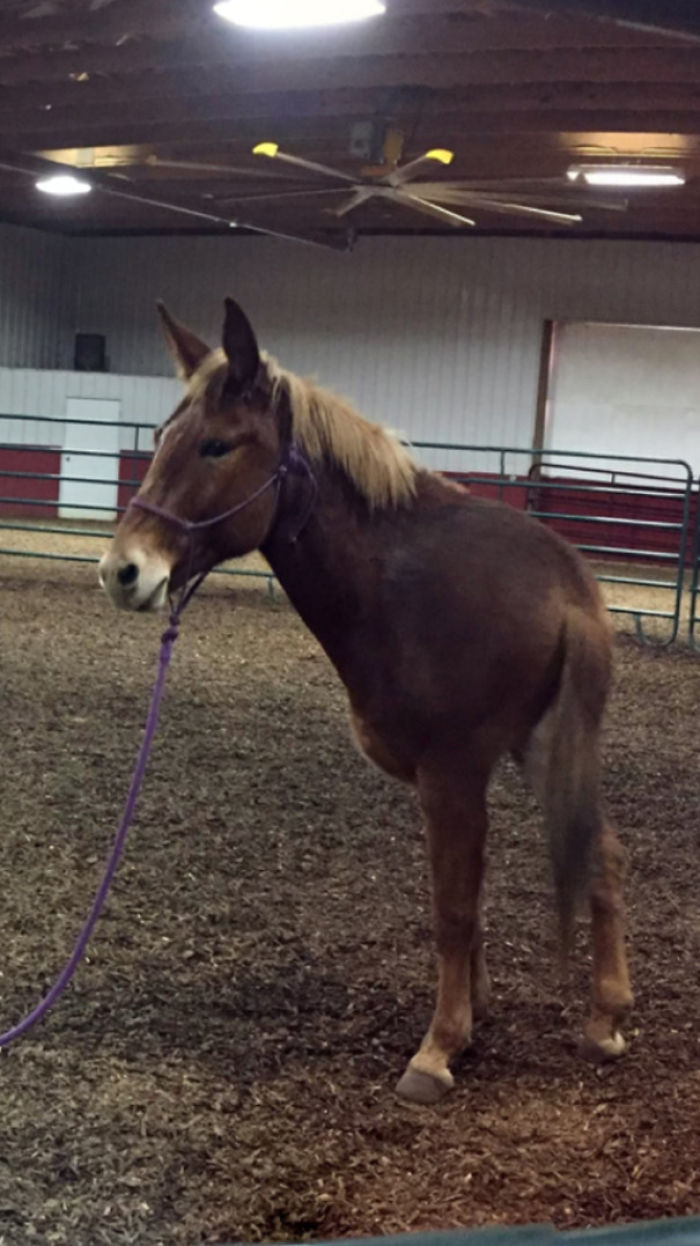People frequently use the panoramic shot when a single photo is insufficient to capture the beauty of a vast mountain range or a sunny beach. It’s a technique for creating images with horizontally elongated fields of view that employs specialized equipment or software. It also accomplishes the task at hand. If the subjects aren’t moving, it’s a waste of time.
The mountains, on the other hand, will not. However, suppose someone enters the frame while you’re taking the picture. In that case, they’ll most likely be transformed into a hilarious Cerberus or another monster.
When we compiled our first list of hilarious panorama fails, we realized an animal sub-genre deserved its category.
As a result, we put it together. But it gives me great pleasure to announce Part II of this fascinating and amusing subject. Enjoy!
#1 Please take panoramic photos of your little ones.

#2 When the dog moved while taking a panorama photo, he became Cerberus.

Of course, photographing your pet with only two tails or three legs every now and then is perfectly acceptable and encouraged. If all of your shots turned out like that, you’d be dealing with a much more serious problem!
In the same way that we hire professional photographers to capture some of our most important events, such as graduations and weddings, we can also hire a photographer to capture the adorable side of our-pets.
Alexandra Robins, a multi-award-winning pet-photographer based in Wiltshire, United-Kingdom, told Bored Panda that she became interested in the field after photographing dogs in landscapes for her final university project. “Prior to that, I had aspired to be a wildlife photographer, but dogs proved to be a far more manageable subject for my project than animals in general. As a result, my interest in it grew, and I decided to start my own company, which is now fully operational, a few years later.” She then went on to explain her viewpoint.
Despite the fact that pet photographers work in a more controlled environment than wildlife photographers, they face a variety of challenges. “Young dogs and puppies have a lot of energy,” Robins explained, “which can make for great action shots but can also make it difficult to create pretty portraits.” Before the session, owners of active dogs are encouraged to take them for a walk.
“Take into account that not all cats are outgoing, and that some are even shy when it comes to being photographed. I’ve had to use toys and treats to gently coax them out of hiding, which has taken some time.”
#3 Haters Will Say It’s Photoshopped
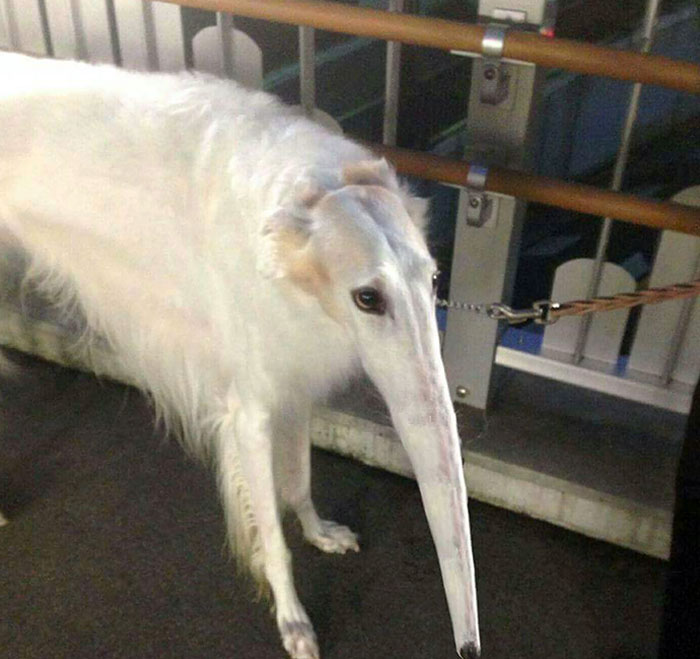
#4 When you’re trying to get a good panorama shot of your dog on the beach.

Jenna Regan, a dog and cat photographer based in Dallas, Texas, agreed. “When photographing pets, the most difficult challenge I face is that each one is unique, requiring me to adapt my approach,” Regan told Bored-Panda. “With pets I’ve probably just met, all of these decisions and connections are happening pretty quickly.”
“I need to be prepared and guide my clients and their pets into the best situations possible for their needs. I can’t go into a session expecting each pet to react in the same way or to be ready or willing to do the same things as the last one. It’s critical to be patient, read the pet’s body language, and provide a positive environment for the pet.”
This does, however, mean that you, as a pet owner, are a good candidate for photographing them if you so desire. You are, after all, the only person who knows them better than you.
Furthermore, the entire-experience can be enjoyable for both you & your pet. It all depends on how you approach-it, according to Regan, who chose this career path after taking a photography class in her senior year of college. “Making it fun & incorporating your pet’s favorite things and activities is one tip that will help you and your pet succeed. Decide where, when, and how your pet will be photographed before he or she appears in front of the camera.”
#5 Welsh Corgi Limousine
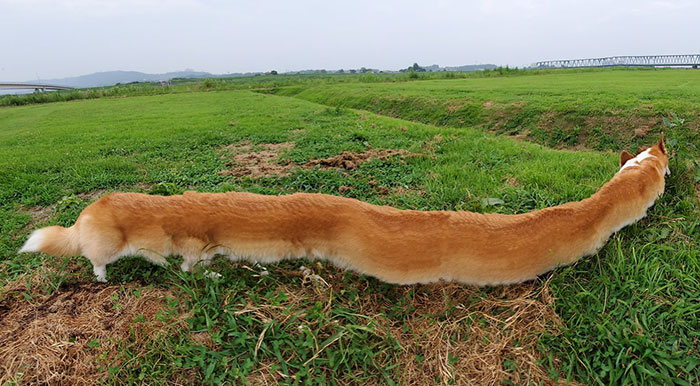
#6 Panorama Doggo Gone Wrong
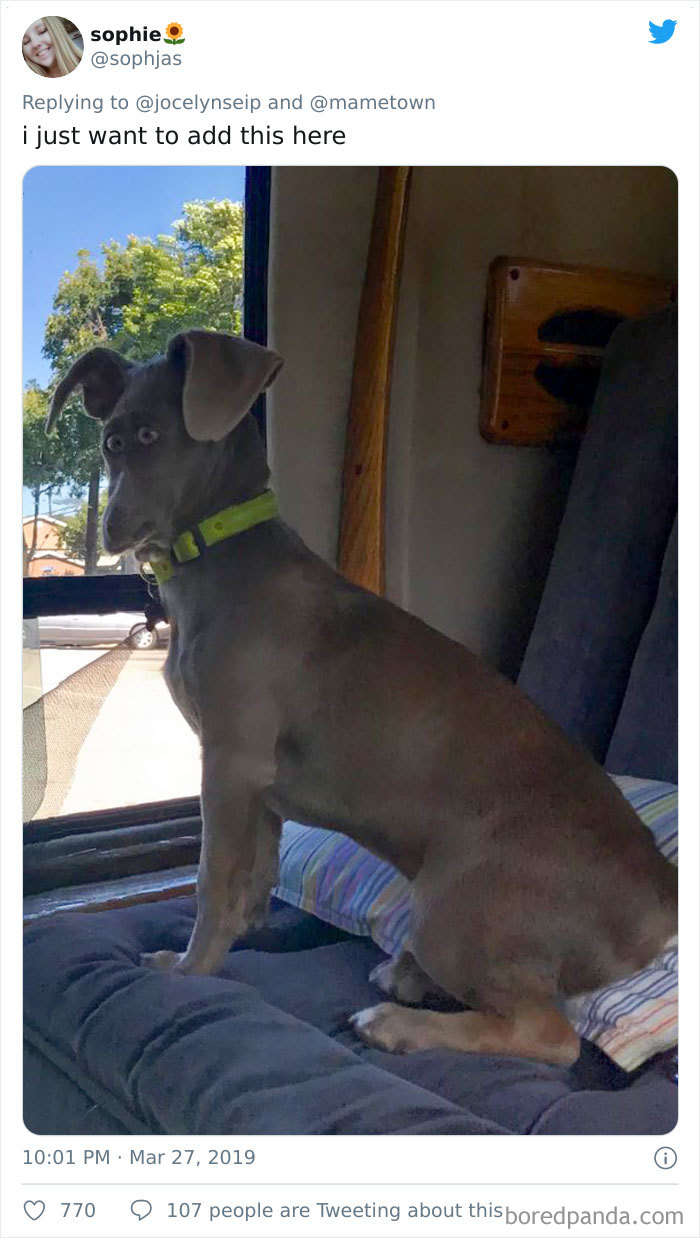
“As an example, I know my puppy, an 8-month-old Catahoula named Rowdy, would do better in a quieter environment with fewer-distractions, so that’s the type of location I’d be looking for,” the photographer explained. “Also, I know he’s high-energy, so we’ll play and explore for a while before I start photographing him; I’ll have all of his favorite treats and toys on hand to keep his attention and keep things interesting; and because he’s young and still so much a puppy, I won’t care if he’s sitting, standing, or positioned a certain way as long as he’s focusing on me and listening.”
Her first piece of advice is to be patient and go with the flow. “When I truly let each pet be themselves and explore and interact in their own way during a photography session, I often find my favorite photos and moments,” Regan said.
“I’m a big fan of bribery, so I always make sure to reward the pets I photograph with their favorite-things, whether it’s toys, treats, attention, or all three!”
#7 These Two
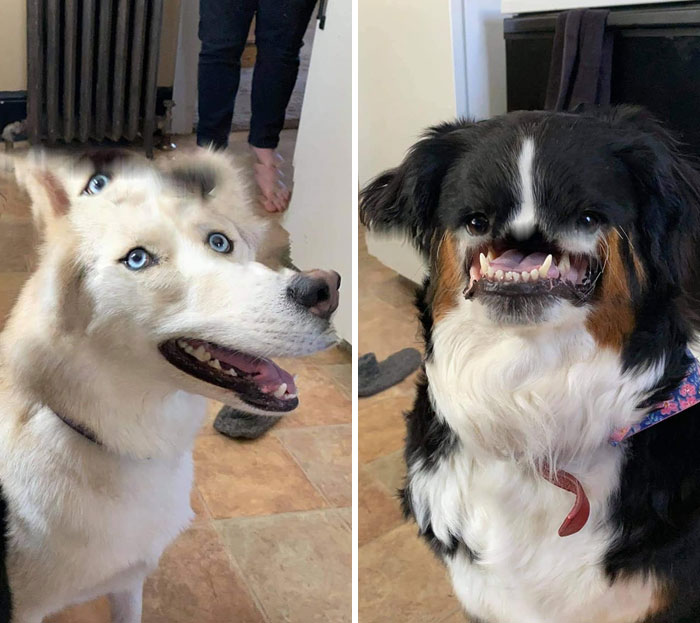
#8 Mutant Doggy is a happy dog.

Alexandra Robins added that completing some homework can be beneficial as well. “Learning animal behavior and conducting research on the animals you photograph will greatly assist you in managing them, and more importantly, you will learn what not to do to keep your pet happy and comfortable,” she explained.
In terms of specifics, Robins stated that getting close to the animal allows for the best, most flattering angles.
“Having tasty treats on hand or making squeaky noises will entice them to look at you, but don’t overdo it or they-will become bored. Avoid photographing them in harsh, direct sunlight or in dark areas, such as densely forested areas. Keep an eye-out for any dark shadows and ensure that all areas are evenly lit. I shoot when the sky is overcast or there is some light shade.”
Most importantly, avoid all forms of coercion and do not rush your pet. “Take your time and even take breaks for playtime,” Robins advised. “They are sensitive to our emotions and are able to detect when we are stressed, which reflects on them.”
#9 Dewey Is His Name, And He Is Quite Simply The Best Dog. He Is A Yellow Lab/Retriever With Four Legs On His Best Days.
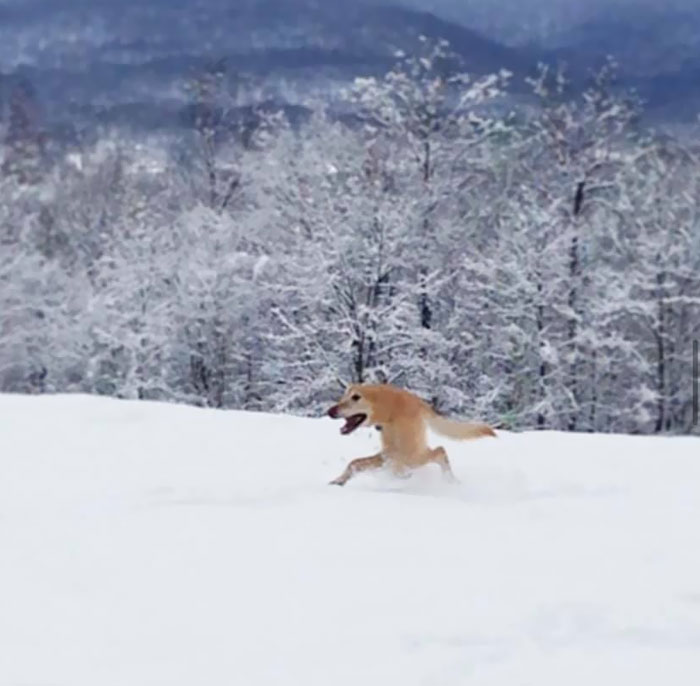
#10 Boop My Snoot. I Insist
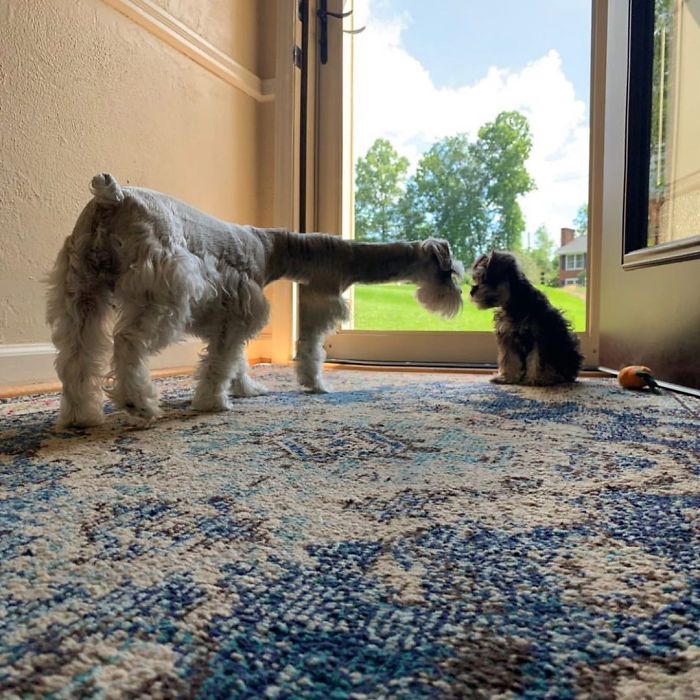
#11 Now Available: The 2020 Chevrolet Dogerado, Featuring 800 Horsepower, A Reinforced Tail-Hitch, And A 32 Treat Bag Per Gallon Capacity
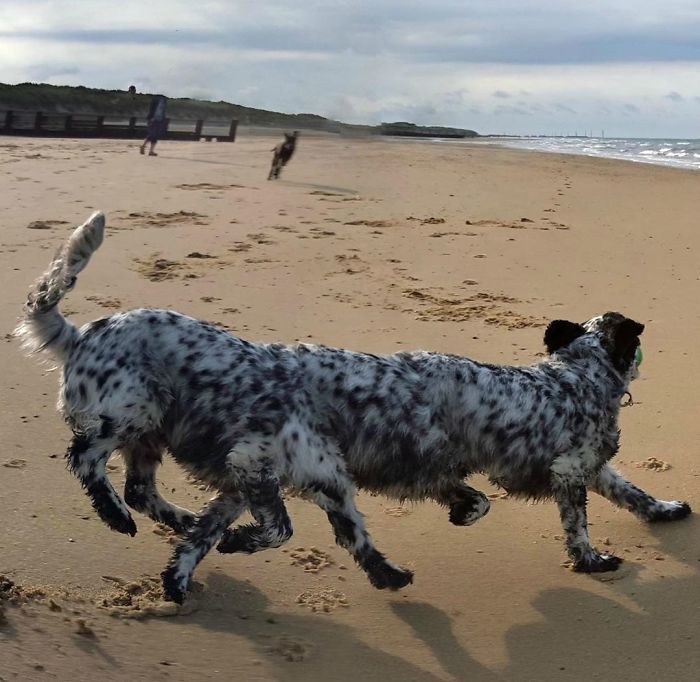
#12 I Attempted To Take A Panorama At A Horse Race, And What I Got Was The Equivalent Of A Unicycle On A Horse.
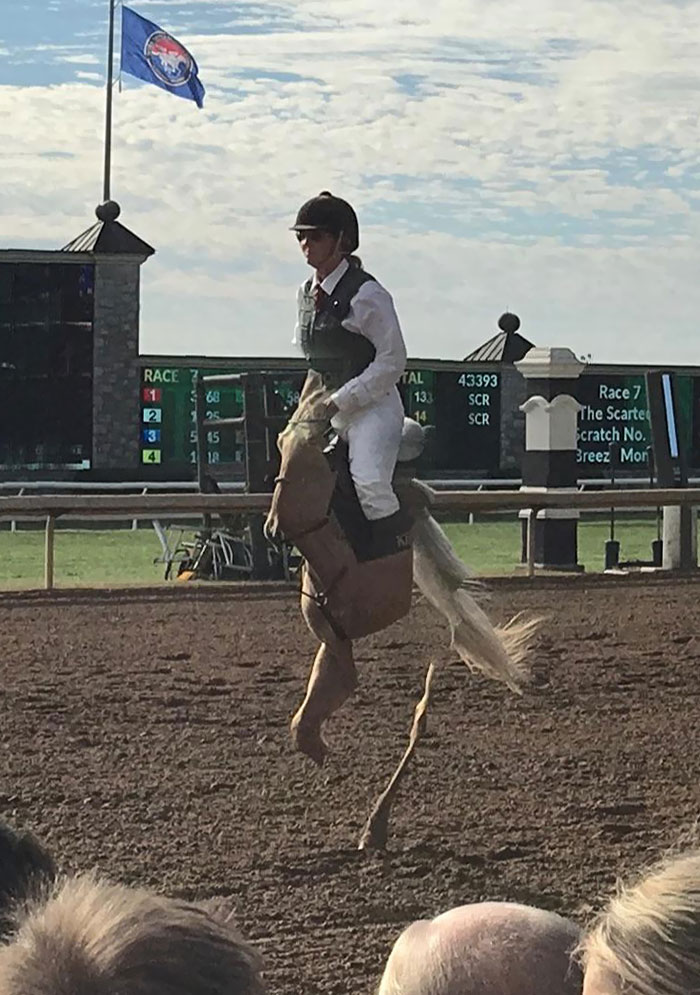
#13 A Panoramic Photograph Of A Dog Was Attempted
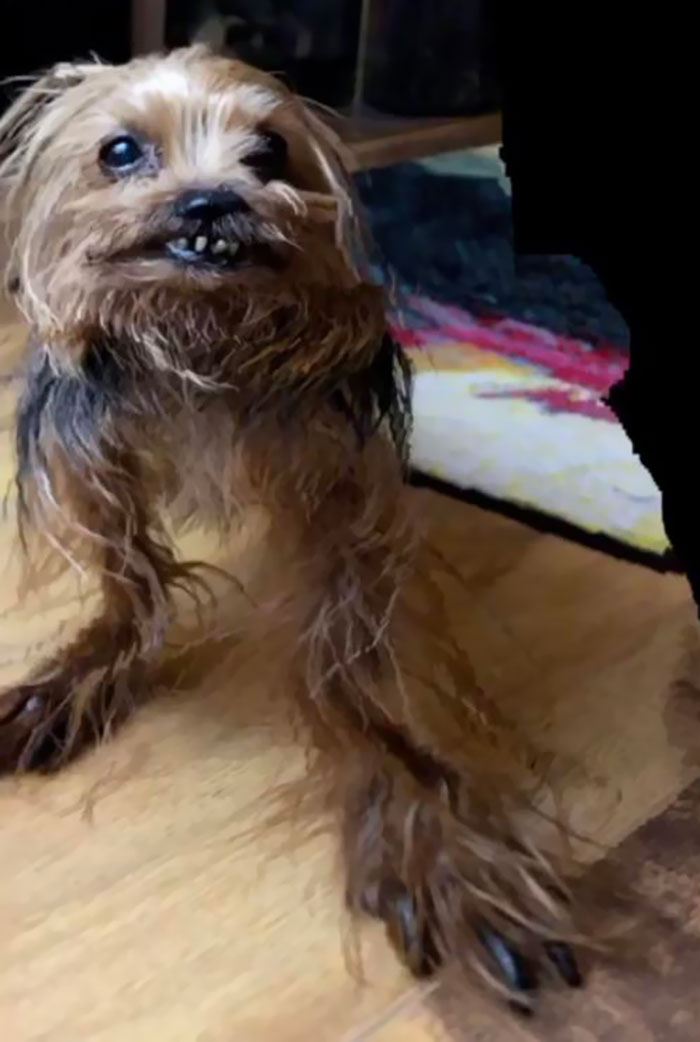
#14 Panorama Did Them Dirty
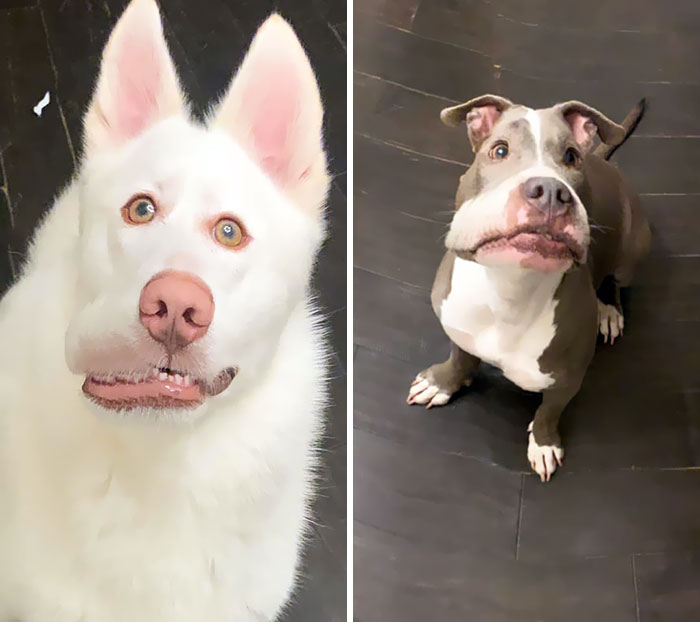
#15 My Friend Was Attempting To Photograph A Adorable Panorama With His Dog.
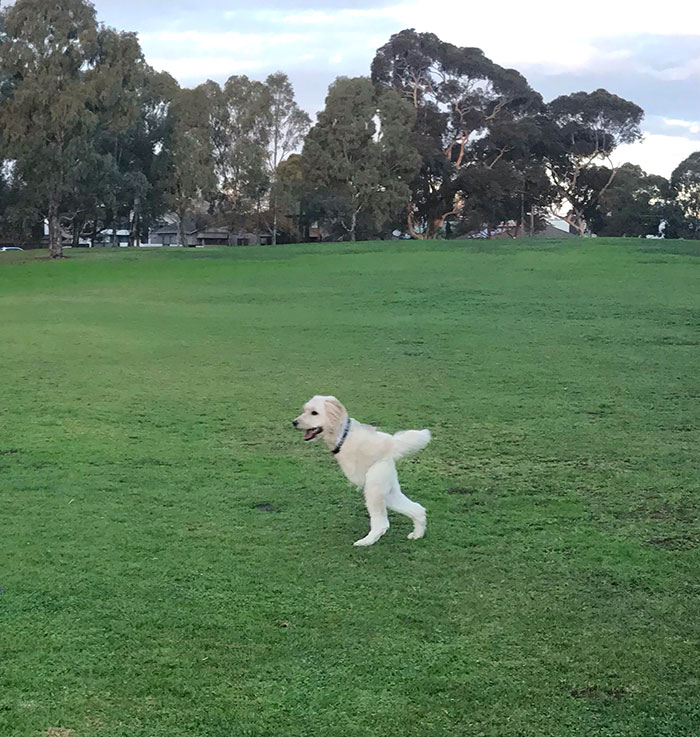
#16 Cybork’s Abilities Include: Scan For Chicken, Scan For Angry Cat, Scan For Pocket Snack, Scan For Jellybean, Scan For Trickery, and Scan For Hairy Stranger Leaving Message On Grass.
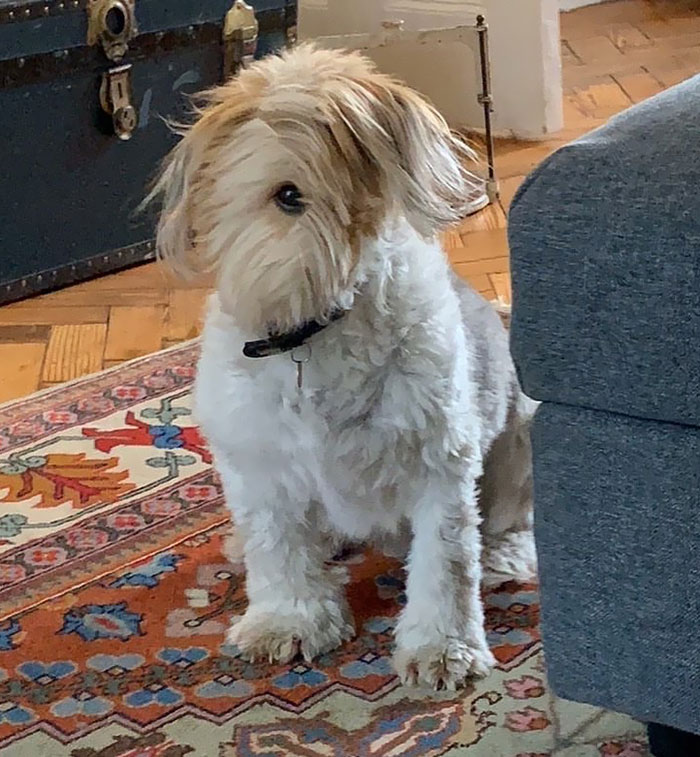
#17 Snat
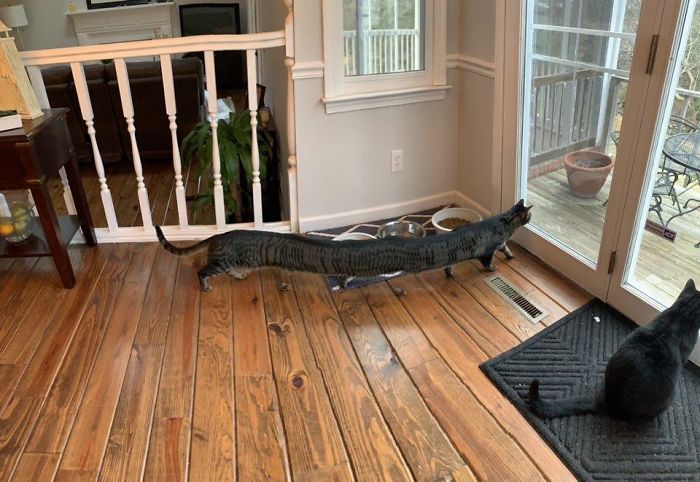
#18 Big Snuffler
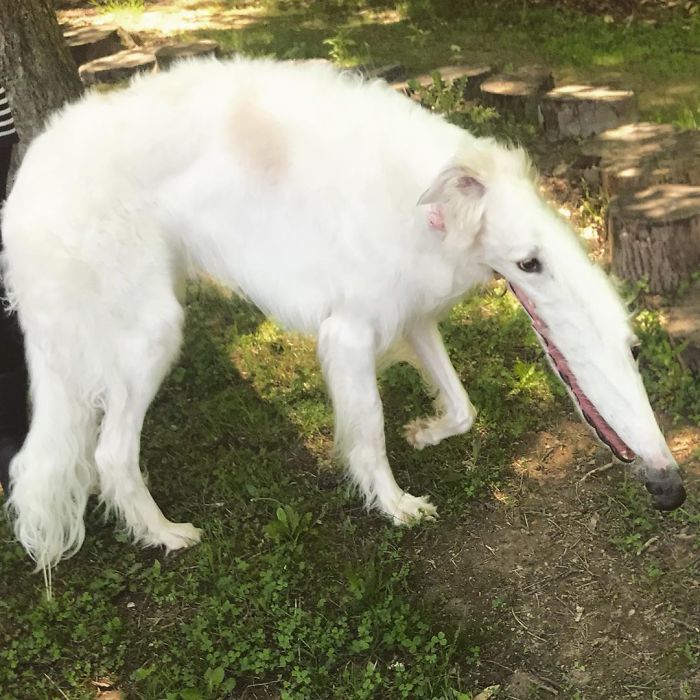
#19 A Dragon Is Captured On Camera
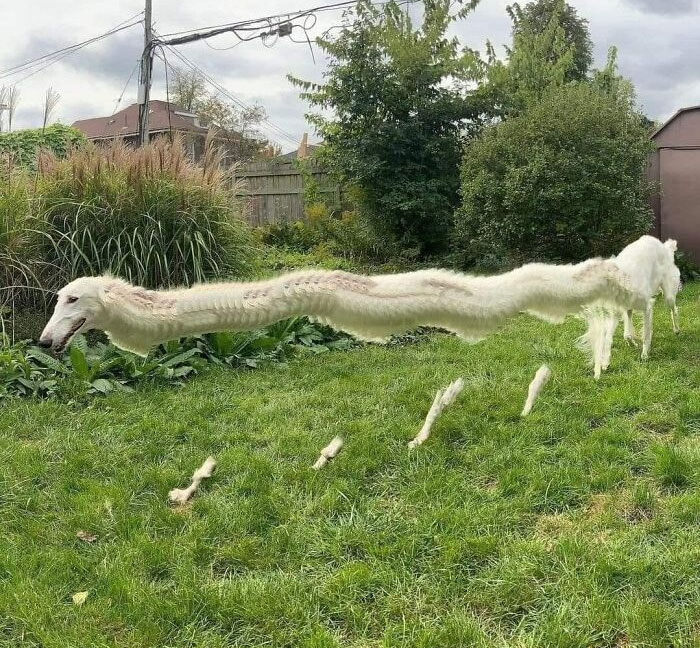
#20 Panoramic Mishap

#21 My Dog Explored A Panorama
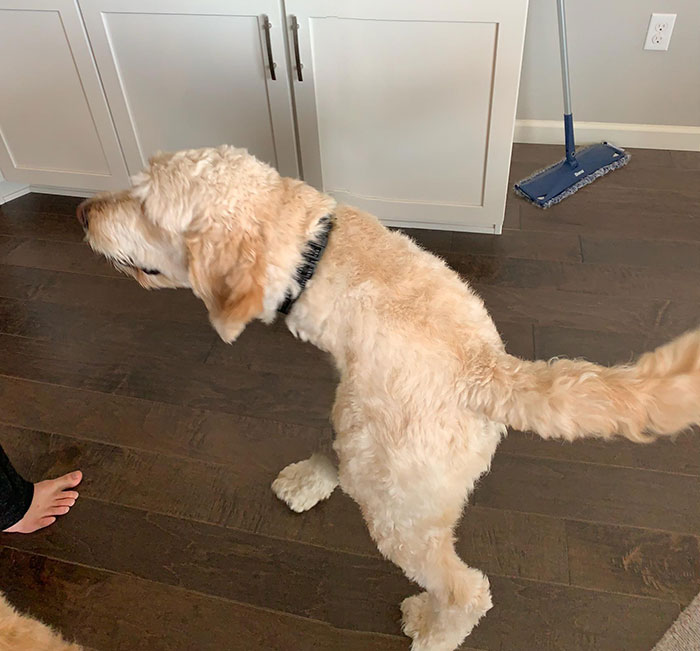
#22 I Have A 3-Eyed Cat
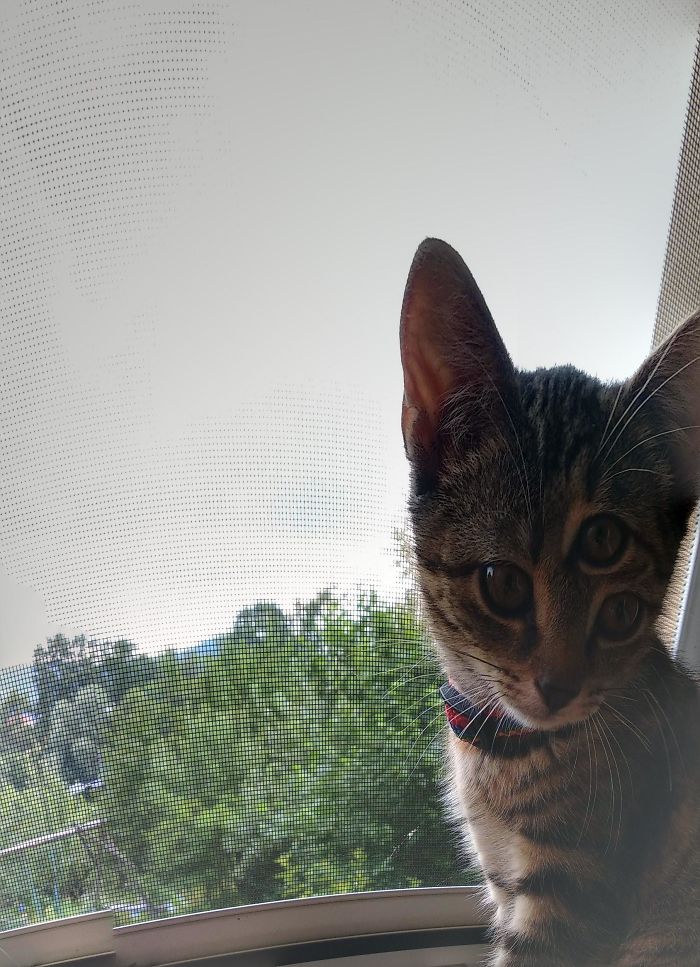
#23 The other day, my husband & I were at the park, and he wanted to see how our dog Cotton would look in a panorama, so we took a picture, and now we are stuck with it! For your convenience, I’ve included a photograph of my dog and me.

#24 I Have A Flavor Too
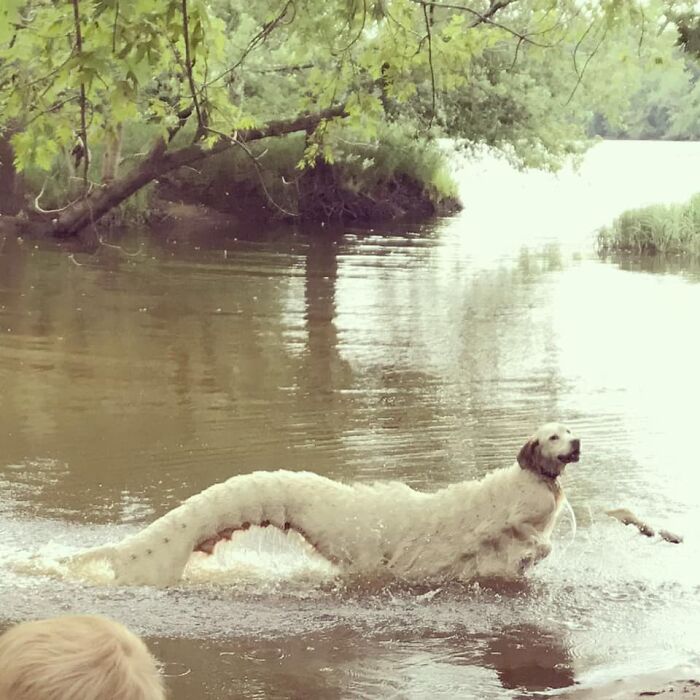
#25 Big Chonky
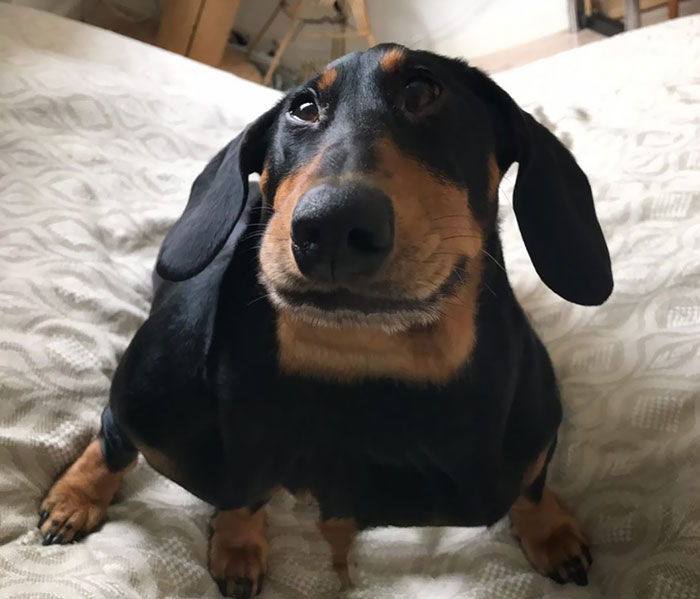
#26 Google Created A Panorama Of My Cat Attempting To Steal My Husband’s Pants From His Closet
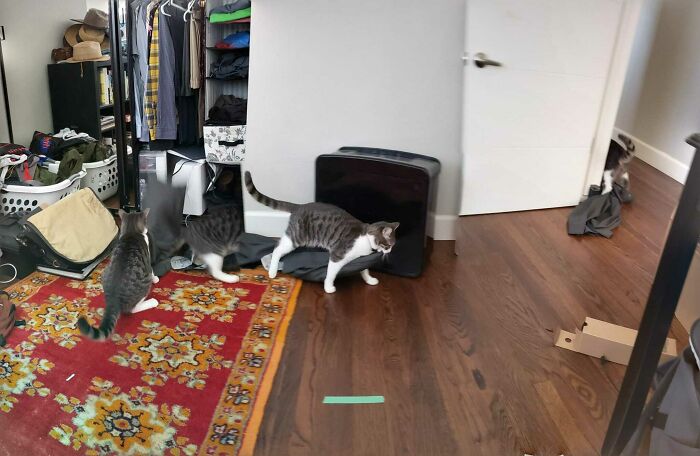
#27 Two Heads Are Superior to One
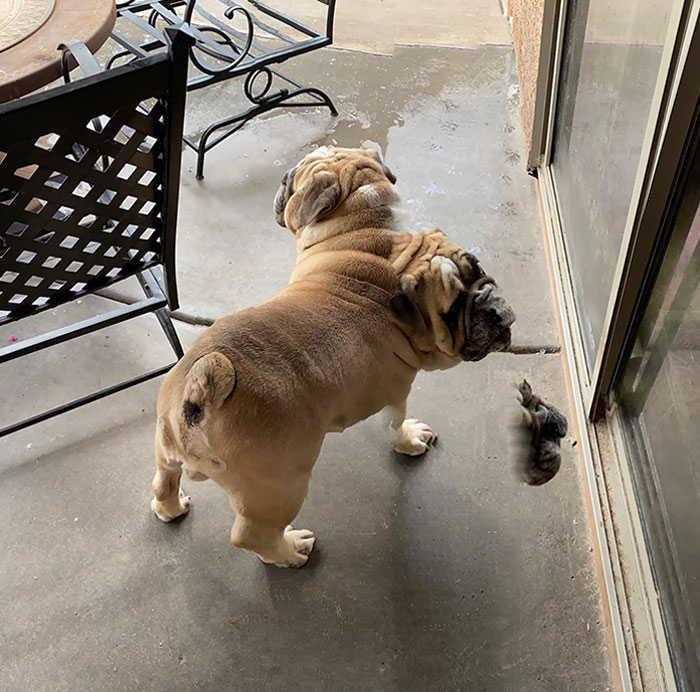
#28 Panorama Image Created by a Computer
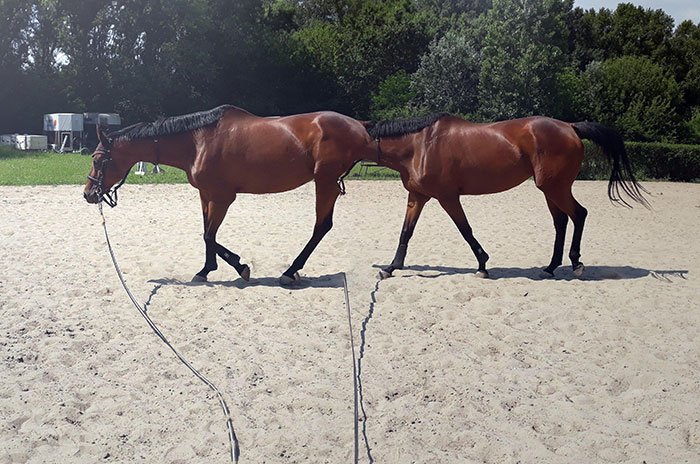
#29 My Natural State While Beseeching For Greenies
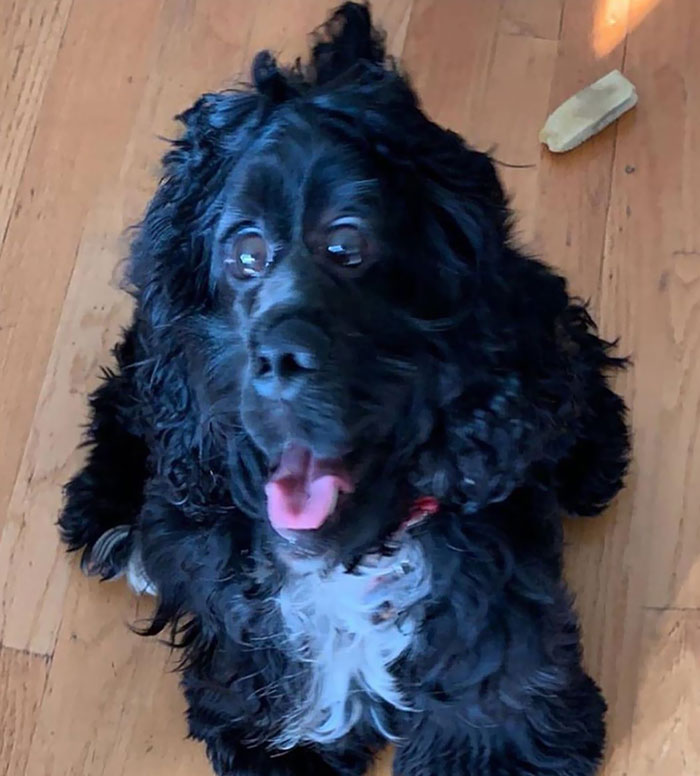
#30 My First Attempt At A Panoramic Photograph. Didn’t Work as Well as Expected
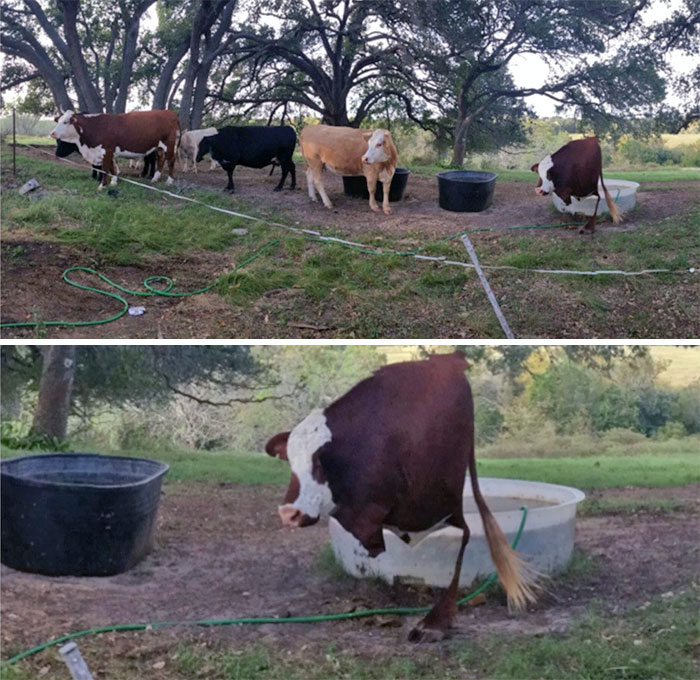
#31 Monster with Two Heads
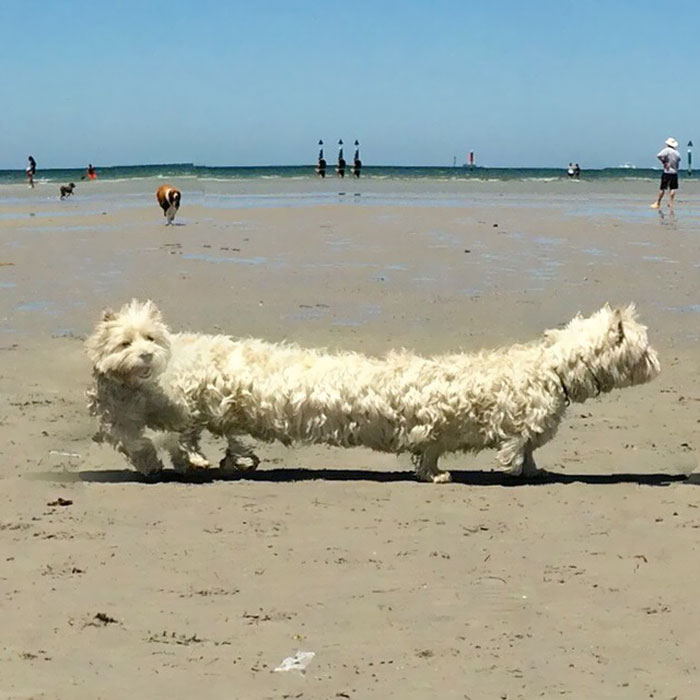
#32 When Browsing Random Google Street-View Images, I Came Across A Horse (?) This Is In The Republic Of Cameroon
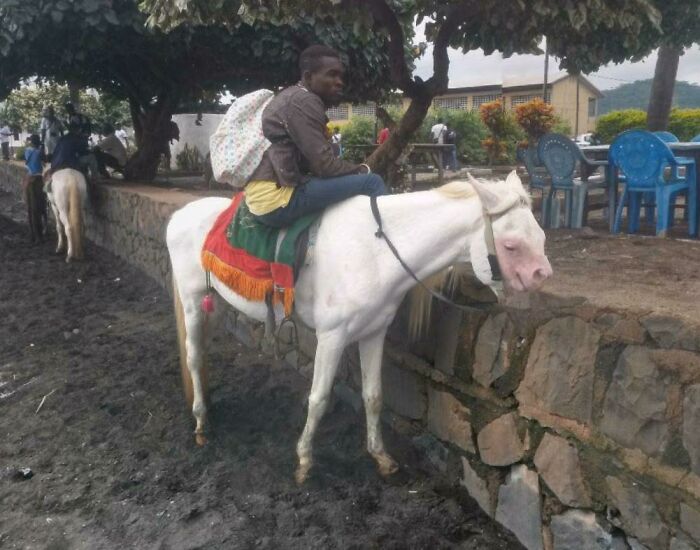
#33 Quarantine Strikes Esper in an Unusual Manner
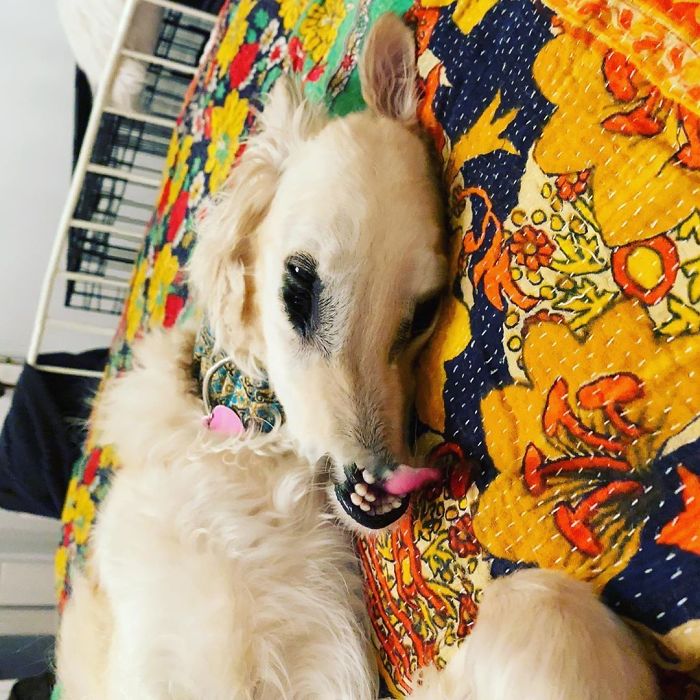
#34 Third Eye: Opened
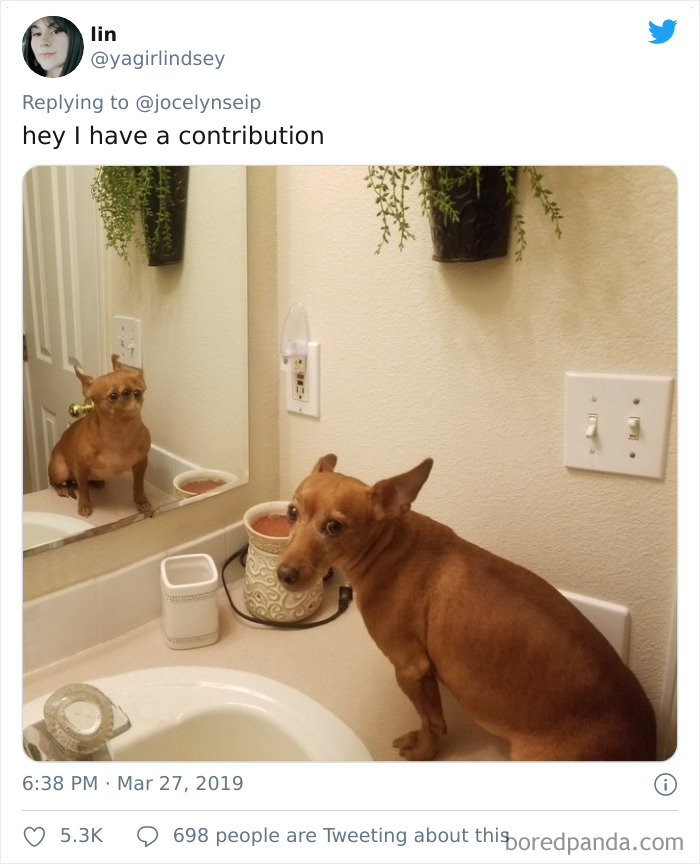
#35 I Attempted To Capture A Panoramic View Of My Void, But She Moved

#36 My Girlfriend Photographed Her Horse Pickles Panoramic Style. There Were Some Difficulties of understanding the photo
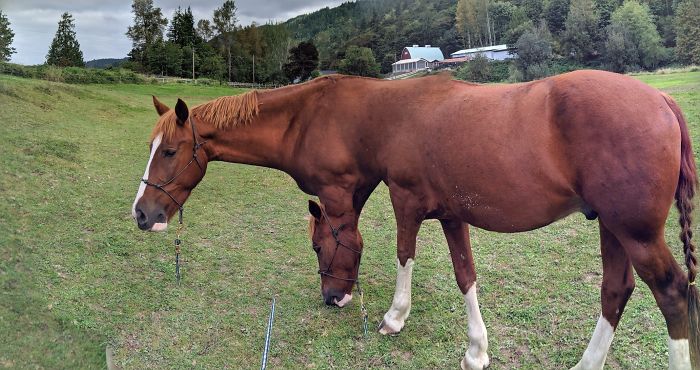
#37 Horse With A Long Body (From A Panoramic Photo)
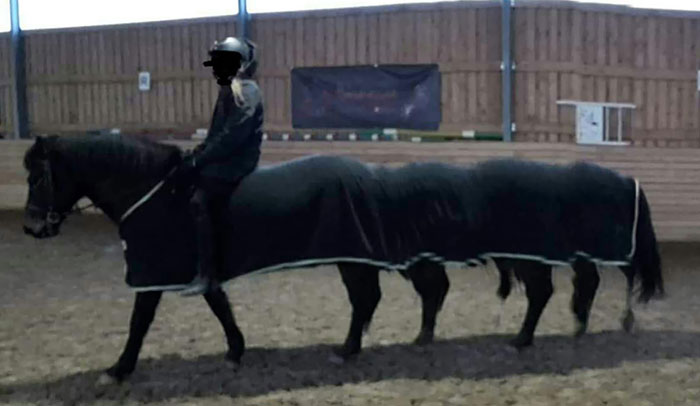
#38 He Is Keeping His Eyes on You
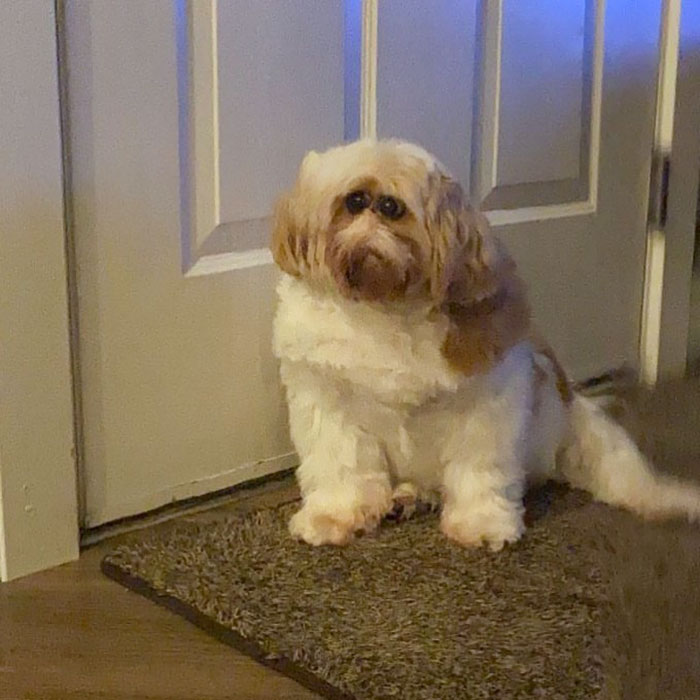
#39 The Potatoes With No Names
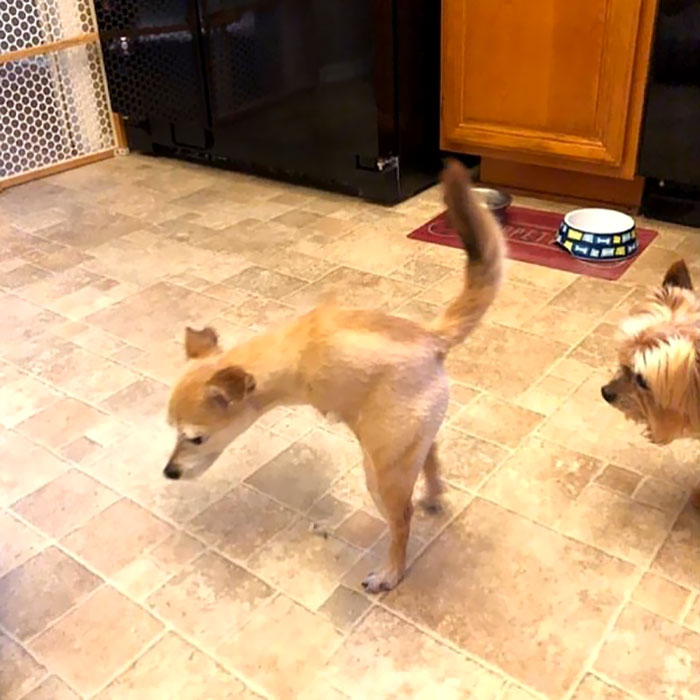
#40 I made a bad picture of a Mule.
